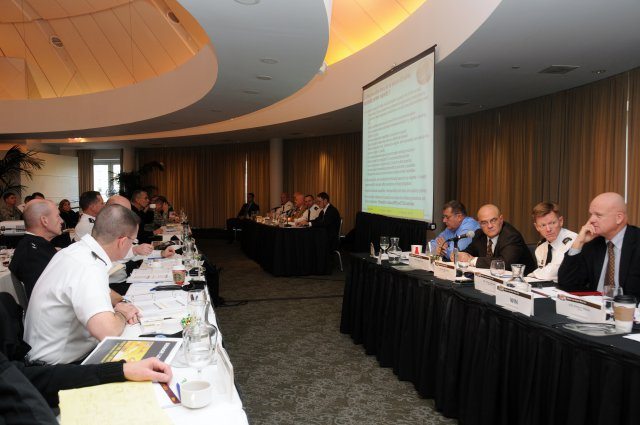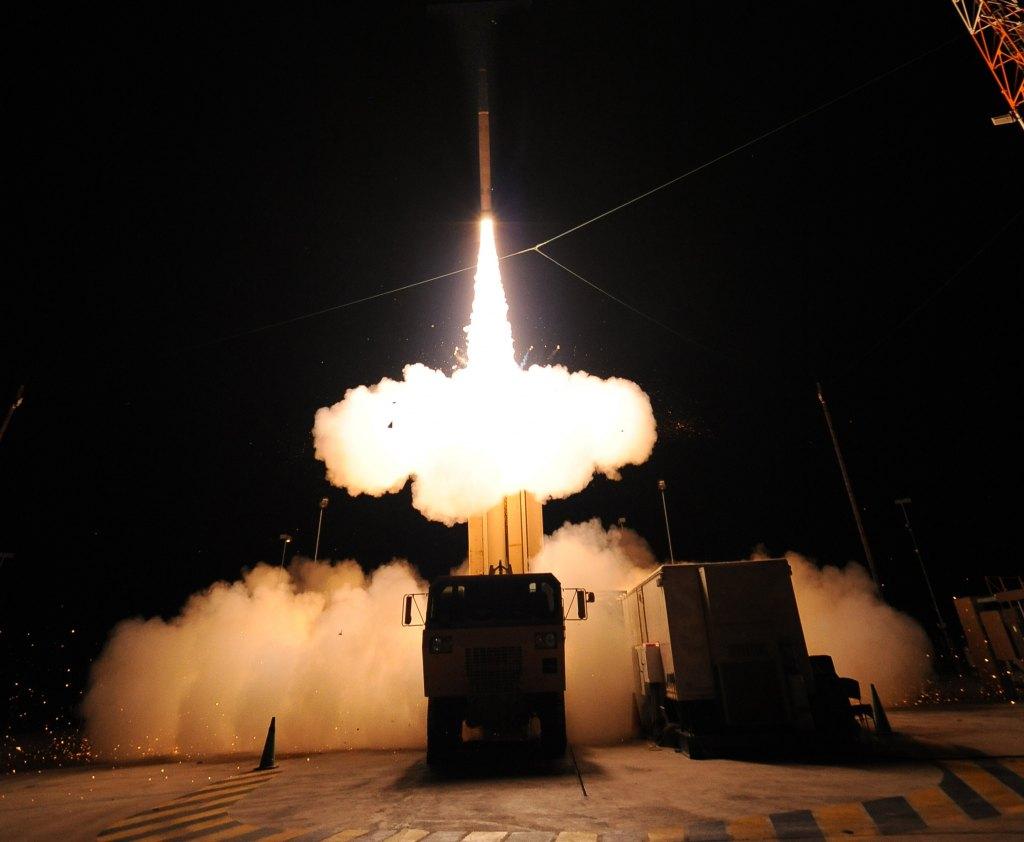As the Army moves into the future, it will continue to concentrate on both humanitarian assistance and building international partnerships, according to Unified Quest participants. But they said the service will also, in an era of downsizing and constrained resources, still need to be trained and ready for conflict or war.
“Now that we’re coming back (from theater), we’re going to see our training to support this Army become much broader,” said Lt. Gen. Keith C. Walker. “And part of that training will be modeling and simulations.”
Walker, the deputy commanding general of Army Futures, and director of the Army Capabilities Integration Center at the U.S. Army Training and Doctrine Command headquartered at Fort Eustis, Va., led a three-day seminar in Washington, Dec. 6-9, which examined issues critical to current and future Army force development.
The seminar was the third in a series that makes up “Unified Quest 2012.” This seminar, titled “What the Army Must Do,” brought about 80 experts from the Army, Navy and Marines; combatant commands; Department of State; allied nations; and academia/think tanks together to explore enduring strategic and operational challenges in the future environment.
“Immersive technologies have become a really effective way to use resources, to use the technology for modeling and simulations that has really advanced so much,” Walker said.
One example where immersive technologies and simulation could be used to the Army’s benefit is in training the squad — the squad is the smallest unit of a fighting force, and the portion of the Army that is closest to the fight. The Army, Walker said, needs to focus on the squad.
“Our squad is the only formation that really is in the middle of a fair fight,” he said. “We don’t want to put our Soldiers in a fair fight, and training is a big part of that.”
A “fair fight” is where both combatants are equally matched in both skill and equipment. The Army would like to dominate all its enemies on both of those fronts.
For today, the Army has a budget to keep the squad trained. But a budget for the future has not been decided, and the Army already has its instructions to reduce its force size, Walker said.
The Army trains today for the fight in Afghanistan, and recently for Iraq. But in the future, when budgets are uncertain, the Army will no longer need to prepare for Afghanistan. Instead, it will need broader preparation for an unknown range of conflicts.
Walker said the Army will be going back to this broader training, along with using advanced immersive technologies, which are an effective way to use resources, for modeling and simulations.
“So I think we’ll see this technology in the future as a way to help us not only get better training for the Soldiers, but potentially respond to reduced funds,” he said. “I don’t mean to suggest we’re not going to train in the field anymore. We’ll always do that.”
But in a future where budgets are unknown, and the nature of conflict is wide open, the Army can use lower cost methods to train it’s war fighters across a broader spectrum of conflict.
“We will put our resources into solutions that would help Soldiers fight better,” Walker said. “I think you’re going to see us putting some attention into our training resources to help with that broader mission that our Army has.”
The intent, he said, is to use the new technologies in a way that had never been possible.
“There are training technologies that will support our future mission that are really good, and I think we’re going to be taking advantage of those because it’s good and it’s less expensive to work here at a home station with avatar capability, than to pick up and fly 4,000 miles and practice,” he said.
Future Unified Quest symposiums will be “How the Army Fights” in January, “Building Partner Capacity” in February, and “Army Future Game” in March.











